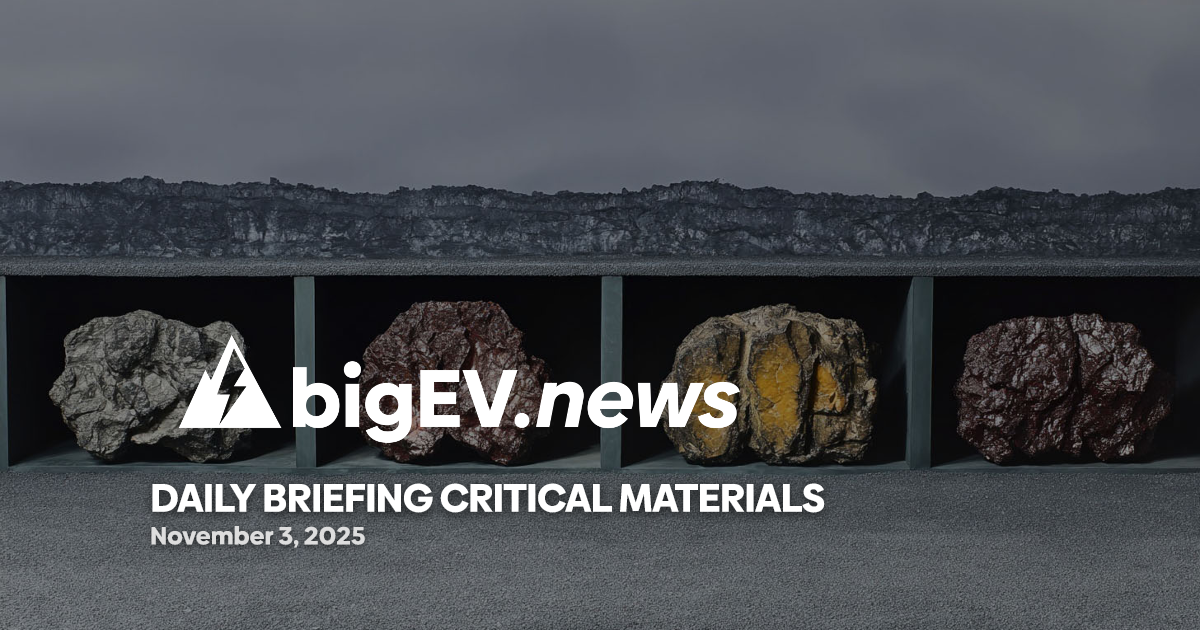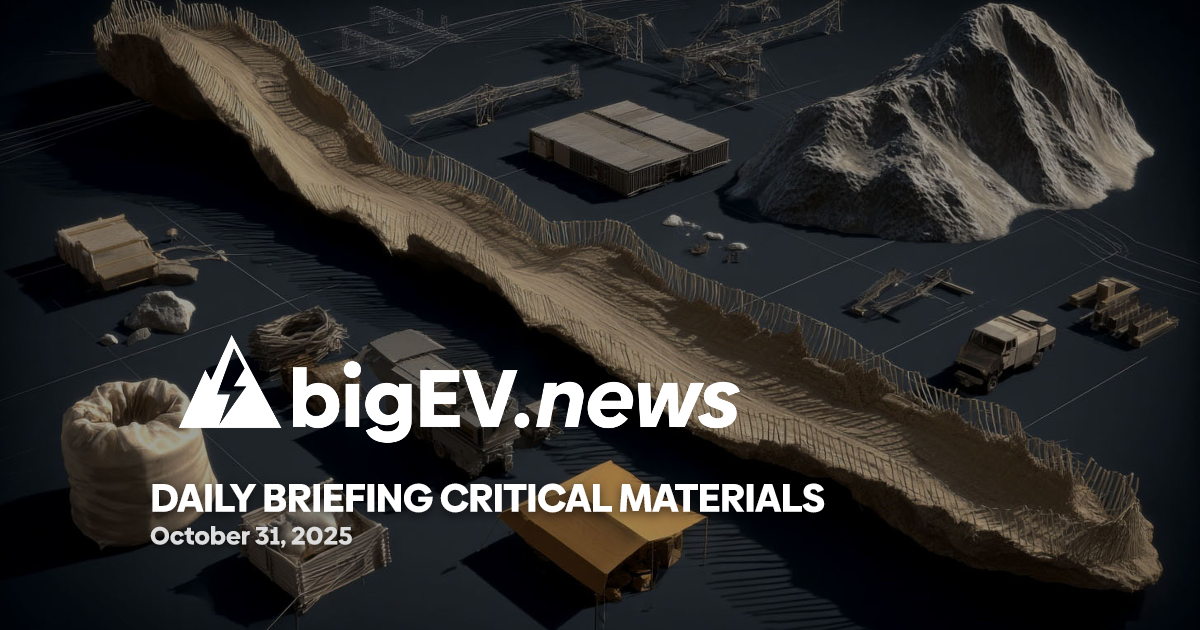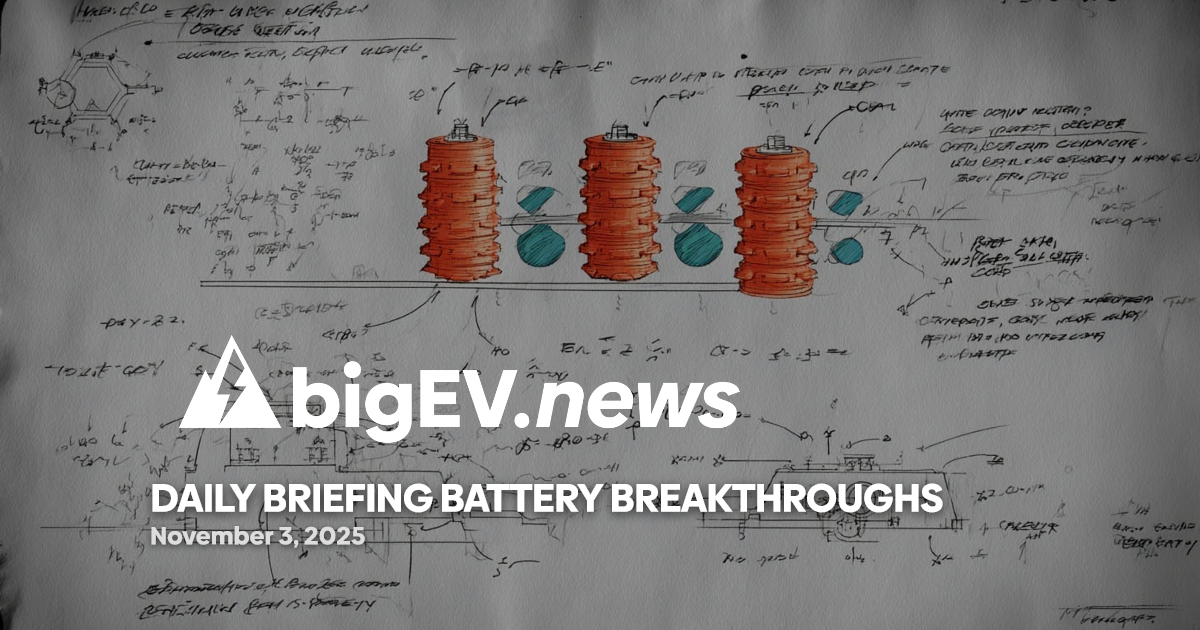Geopolitical maneuvering, breakthrough discoveries, and strategic investments reshape the global landscape for rare earths and critical minerals.
At a glance – The past 24 hours have seen a surge in activity across the rare earths and critical minerals sector, with governments and industry leaders accelerating efforts to secure supply chains for batteries, energy systems, and defense. The global race to control these essential resources has intensified, driven by new discoveries, policy shifts, and the urgent need to reduce dependence on dominant suppliers. These developments are not only shaping the future of clean energy and advanced manufacturing but also redefining international alliances and economic strategies. The sector’s volatility is underscored by recent price spikes, regulatory interventions, and the emergence of new market entrants, signaling a pivotal moment for stakeholders across the value chain.
Technology advance – Brazilian Rare Earths Limited (ASX: BRE) has announced a major breakthrough at its Monte Alto project in Bahia, Brazil, where Dr. Bernardo da Veiga’s team has identified what is believed to be the world’s highest-grade rare earth deposit. The company’s latest drilling results reveal concentrations of neodymium and praseodymium exceeding 8% total rare earth oxides (TREO), a figure that dwarfs most global peers. This discovery positions Brazil as a potential powerhouse in the rare earths market, with the Monte Alto project expected to supply critical inputs for electric vehicle motors and wind turbine generators. The company is now fast-tracking feasibility studies and environmental assessments, aiming to bring the deposit into production by late 2027. This move could significantly diversify global supply, reducing reliance on traditional producers and offering new opportunities for downstream processing and value-added manufacturing in Latin America.
Partnerships – In a strategic move to strengthen Western supply chains, several U.S. and European companies have entered into new alliances focused on rare earths processing and technology transfer. Notably, a consortium led by Siemens Energy and France’s Eramet has signed a memorandum of understanding with the government of Namibia to develop a vertically integrated supply chain for dysprosium and terbium, two heavy rare earths critical for high-performance magnets in defense and renewable energy applications. The partnership will leverage Namibia’s untapped mineral reserves and Eramet’s expertise in hydrometallurgical processing, with Siemens Energy committing to offtake agreements for its European manufacturing facilities. This alliance is expected to serve as a blueprint for future transatlantic collaborations, enhancing supply security and fostering innovation in rare earths refining technologies.
Acquisitions/expansions – The latest quarter has seen a wave of acquisitions and expansion projects targeting rare earths and critical minerals assets. Australian mining firm Lynas Rare Earths has finalized the $320 million acquisition of Canada’s Neo Performance Materials, securing access to Neo’s advanced separation facility in Estonia and its rare earths deposits in Greenland. This deal marks Lynas’s entry into the European market and strengthens its position as a leading non-Chinese supplier of separated rare earth oxides. The company plans to invest an additional $150 million to upgrade the Estonian plant, enabling the production of high-purity dysprosium and terbium for European defense contractors and electric vehicle manufacturers. The acquisition is expected to close by the end of Q4 2025, pending regulatory approvals in Canada and the European Union.
Regulatory/policy – U.S. rare earths policy has undergone a significant shift with the announcement of a new federal initiative supporting MP Materials’ expansion in Texas. The Department of Energy has awarded MP Materials a $200 million grant to accelerate the construction of its 10X Facility, which will integrate extraction, separation, and magnet manufacturing capabilities. This initiative aims to address the critical bottleneck in heavy rare earth separation, an area where China currently dominates. In response to recent Chinese export restrictions on heavy rare earths, the U.S. government is also tightening controls on technology transfer and rare earths expertise, including new visa restrictions for foreign engineers. These measures are designed to safeguard domestic supply chains for defense and advanced manufacturing, while encouraging private sector investment in next-generation processing technologies.
Finance/business – The financial landscape for rare earths and critical minerals has shifted dramatically, with venture capital and private equity pouring record amounts into supply chain innovation. Six European startups, including Berlin-based Circular Materials and Oslo’s RareLoop, have collectively raised over €180 million in Series B funding rounds to develop environmentally sustainable extraction and recycling technologies. These companies are pioneering closed-loop systems that recover rare earths from end-of-life electronics and industrial waste, reducing the sector’s environmental footprint and creating new revenue streams. Investors are betting that these startups will play a pivotal role in meeting the surging demand for critical minerals in the battery and clean energy sectors, while also addressing growing regulatory pressure for greener supply chains. The influx of capital is expected to accelerate commercialization timelines and drive further consolidation in the industry.
Sources: energypolicy.columbia.edu, investornews.com, brookings.edu, mining.com.au, globalventuring.com, company press releases








